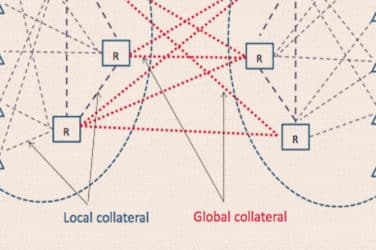
Multi-asset trading has become the watchword for all asset managers, including traditional long-only ones. As a result, they are demanding a single platform to trade all asset classes, especially futures.
“Futures have been the most requested asset class in addition to equities to have on a multi-asset platform,” said Scott DePetris, president and chief operating officer at Portware. “More than 70% of our equities-focused clients also incorporate futures trading into their platform.”
Risk management, regulations, the search for alpha, and total cost of ownership are the drivers behind the adoption of multi-asset trading platforms, a trend that began in the mid-2000s and which has accelerated in the years since the financial crisis.
“There is an increased focus on risk management across asset classes internally at money managers in general,” said DePetris. “That’s attributable to the post-crisis interest in having capabilities to monitor risk in real time, which is far easier to do when you have a single system that trades multiple asset classes.”
“The search for alpha is not confined to one specific asset class – markets have become highly interdependent. Real time pricing for any one asset is dependent on real time inputs from other markets,” DePetris said. “A multi asset class platform provides tremendous value in the search for opportunities to capture alpha – as you’re executing it allows you to see performance and risk across assets, thereby offering better decision support tools.”
ITG recently added futures trading to its Triton EMS suite trading through a new universal Level 2 window. With this enhancement, institutional investors can trade equities, options, foreign exchange and a broader universe of futures using a single workflow tool, the company said.
“Global futures is something that we’ve expanded into in a way that replicates many of the advancements that we’ve made in the equities business,” said Will Geyer, ITG managing director and head of platforms. Examples include touch and trade from level two depth of book, and single click hot buttons with predetermined trade strategies and order types, he said.
Triton offers access to ITG’s futures algorithms, including ITG Dynamic Implementation Shortfall Algorithm, ITG Float Algorithm, ITG Reserve Algorithm, and ITG Pounce Algorithm, as well as third party futures algos across a broad range of futures product classes.
“With this new roll out, we now support 37 global exchanges and we have 13 certified brokers with us,” said Matt Timberlake, head of market data at ITG. “The covered universe is across index, interest rate, bond, currency, and commodity futures; that’s a very broad and deep offering.”
Lower TCO is another driving factor for firms to move to multi-asset trading. “As firms look at their overall technology costs, to run multiple trading platforms is an expensive proposition,” said DePetris. “In order to lower TCO, it makes sense to have a single platform across all assets.”
Featured image via iStock






